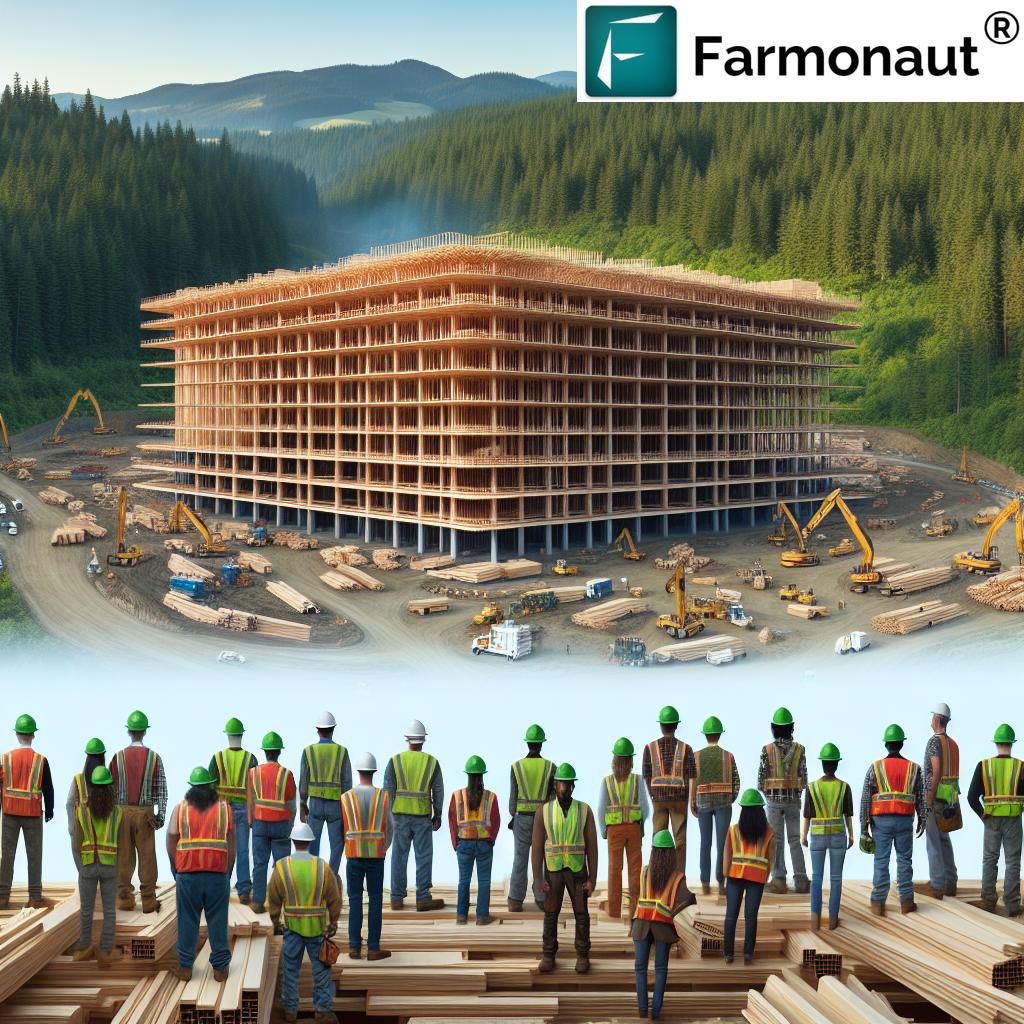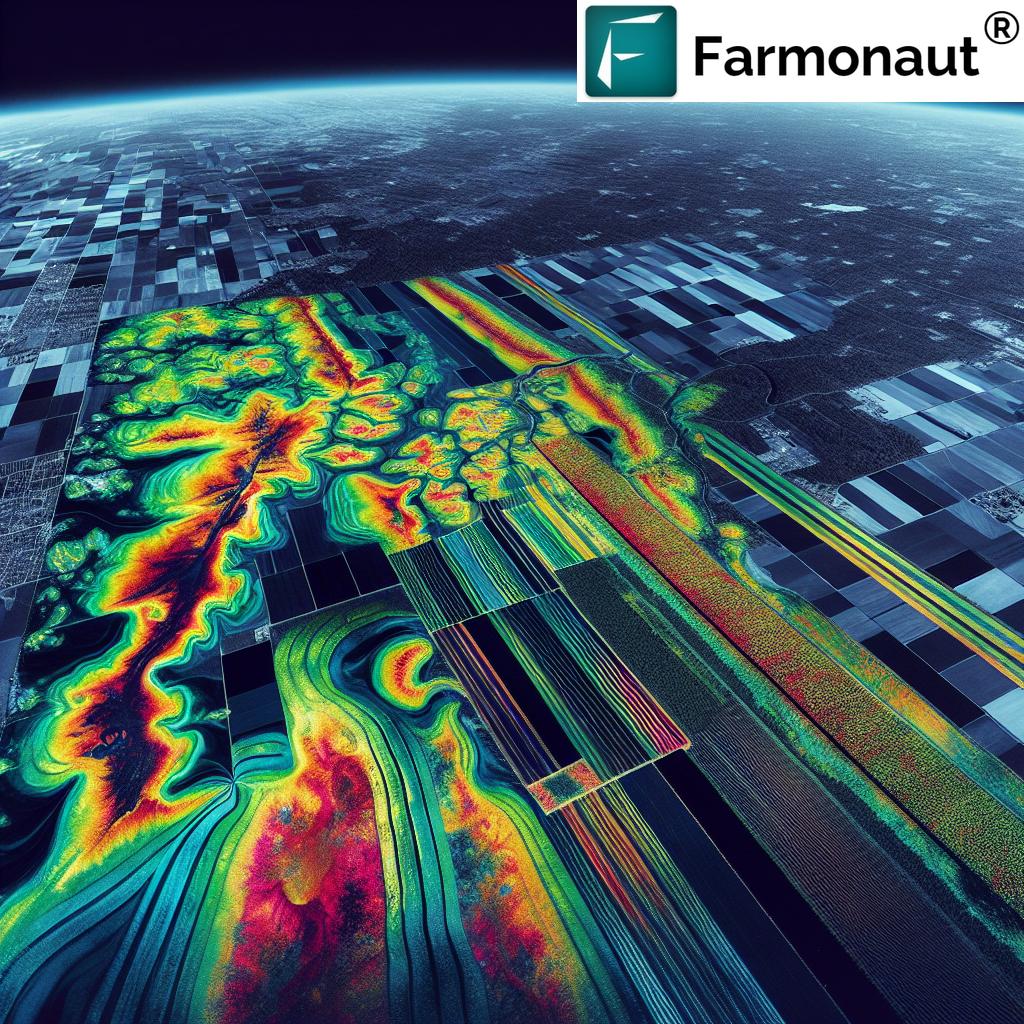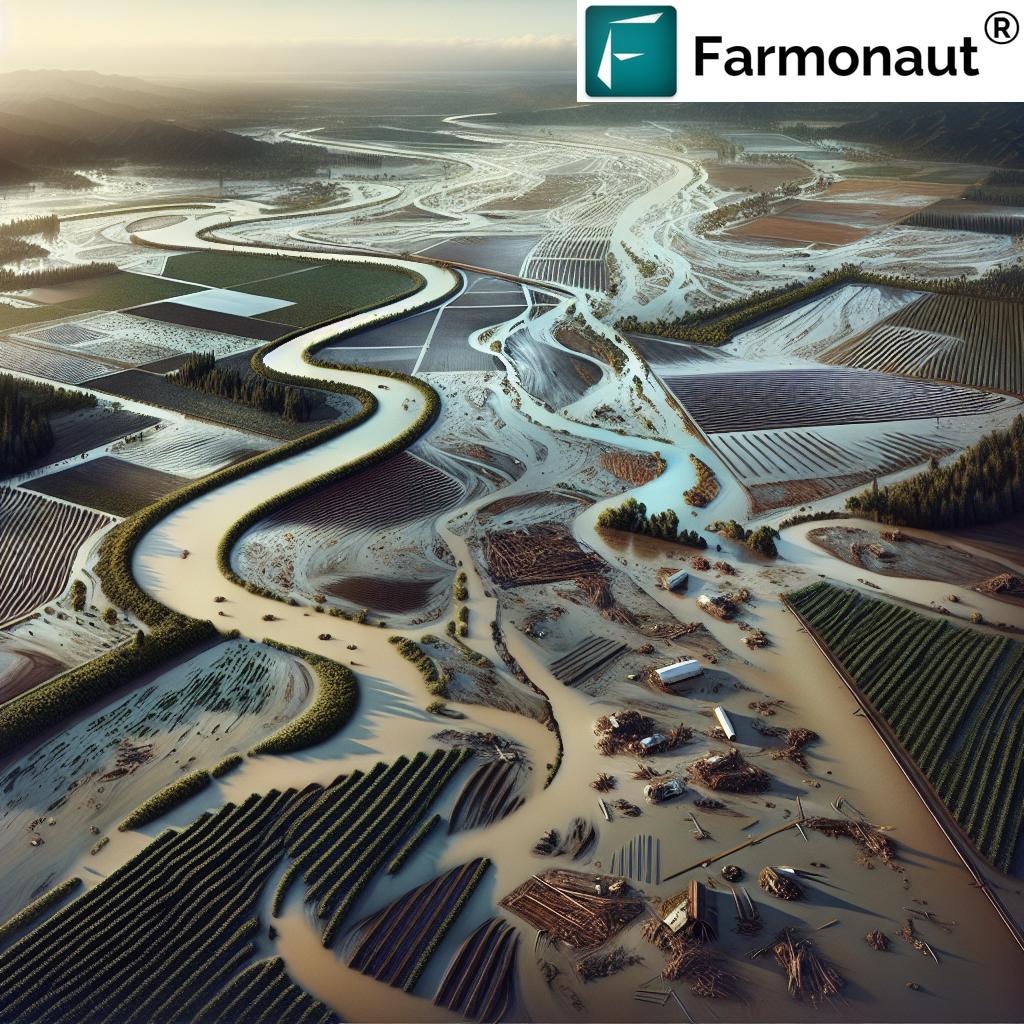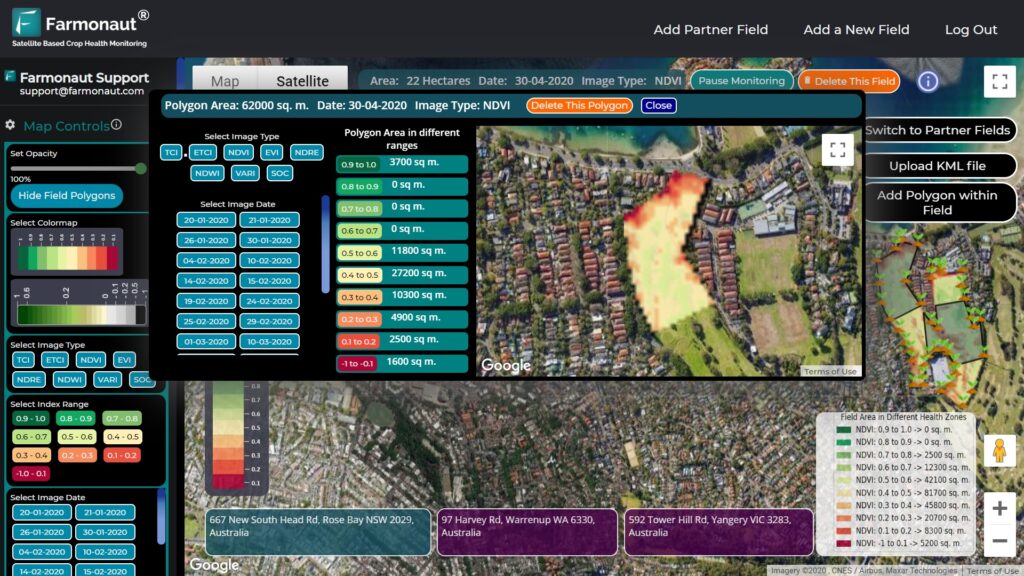Revolutionizing Federal Construction: How Mass Timber is Boosting Sustainability and Rural Economies in the Pacific Northwest

“The Mass Timber Federal Buildings Act promotes a two-tier preference system for sourcing wood from various forestlands, including state, federal, private, and tribal.”
In the heart of the Pacific Northwest, a revolution is taking place in the construction industry. Mass timber, an innovative and sustainable building material, is reshaping the way we approach federal construction projects and military installations. This groundbreaking shift not only promises to reduce our carbon footprint but also offers a lifeline to rural economies struggling in the wake of declining traditional industries. In this comprehensive exploration, we’ll delve into how mass timber is transforming the landscape of federal construction, boosting sustainability, and revitalizing rural communities across Oregon, Washington, and Idaho.
The Rise of Mass Timber in Federal Construction
Mass timber has emerged as a game-changer in the construction industry, offering a sustainable alternative to traditional building materials like concrete and steel. As we look towards a future where environmental considerations are paramount, the use of mass timber in federal construction projects represents a significant step forward in our commitment to sustainability and innovation.
The bipartisan Mass Timber Federal Buildings Act, recently reintroduced by Oregon’s U.S. Senator Jeff Merkley and Idaho’s U.S. Senator James Risch, aims to accelerate the adoption of mass timber in federal building projects. This legislation is not just about changing building practices; it’s about reshaping entire economies and ecosystems.
Key Benefits of Mass Timber Construction
- Reduced carbon footprint compared to traditional materials
- Improved energy efficiency in buildings
- Support for rural economies through job creation
- Enhanced forest management and wildfire risk reduction
- Innovative solutions for housing shortages
As we embrace mass timber technology, it’s crucial to understand its impact on various sectors. For instance, in agriculture, technology plays a vital role in sustainable resource management. Companies like Farmonaut are at the forefront of this revolution, offering satellite-based farm management solutions that complement sustainable practices in forestry and agriculture.
The Mass Timber Federal Buildings Act: A Closer Look
The Mass Timber Federal Buildings Act is more than just legislation; it’s a vision for a sustainable future. By incentivizing the use of mass timber in federal construction projects, this act aims to create a ripple effect across the entire construction industry. Let’s break down the key components of this groundbreaking legislation:
- Two-Tier Preference System: The act establishes a preference for mass timber products in federal contracts, with an additional emphasis on responsibly sourced materials.
- Domestic Sourcing: Priority is given to mass timber sourced within the United States, supporting local economies and reducing transportation emissions.
- Restoration and Fire Mitigation: The second tier of preference applies to products sourced from restoration practices and fire mitigation projects, addressing critical forest management issues.
- Lifecycle Assessment: The bill mandates whole building lifecycle assessments, providing crucial data on the long-term environmental impact of mass timber construction.
This innovative approach to federal construction aligns perfectly with the growing trend of using technology to manage natural resources more effectively. For instance, Farmonaut’s satellite-based farm management API offers insights that could be valuable for sustainable forestry practices, complementing the goals of the Mass Timber Federal Buildings Act.

Economic Impact on Rural Communities
One of the most significant aspects of the mass timber revolution is its potential to revitalize rural economies in the Pacific Northwest. As traditional industries have declined, many rural communities have struggled to find new sources of economic growth. Mass timber offers a promising solution:
- Job Creation: From forestry to manufacturing, mass timber creates jobs across the supply chain.
- Skill Development: The industry demands a skilled workforce, promoting education and training opportunities.
- Economic Diversification: Rural areas can reduce dependency on single industries by embracing mass timber.
- Innovation Hubs: The growth of mass timber technology can attract related industries and research facilities to rural areas.
This economic rejuvenation aligns with broader efforts to support rural communities through technology and innovation. For example, Farmonaut’s Android app and iOS app provide farmers with tools to optimize their operations, contributing to the overall economic health of rural areas.
Environmental Benefits and Sustainability
“Mass timber construction addresses multiple challenges simultaneously: reducing carbon footprint, managing forests, and alleviating housing shortages in the Pacific Northwest.”
The environmental benefits of mass timber construction are substantial and multifaceted. As we face the growing challenges of climate change, the construction industry has a crucial role to play in reducing our collective carbon footprint. Mass timber offers several key advantages in this regard:
- Carbon Sequestration: Wood products store carbon, effectively removing it from the atmosphere.
- Reduced Emissions: The production of mass timber has a lower carbon footprint compared to concrete and steel.
- Sustainable Forestry: Proper forest management for mass timber production can improve forest health and resilience.
- Energy Efficiency: Mass timber buildings often have better insulation properties, reducing energy consumption.
These sustainability efforts in construction complement other technological advancements in environmental management. For instance, Farmonaut’s satellite-based crop health monitoring system helps farmers optimize resource use, contributing to overall environmental sustainability efforts.
Innovative Timber Technology and Construction Methods
The mass timber revolution is not just about using more wood in construction; it’s about reimagining how we build. Innovative timber technologies are at the heart of this transformation:
- Cross-Laminated Timber (CLT): Layers of wood glued together for strength and stability.
- Glued Laminated Timber (Glulam): Engineered wood beams for structural support.
- Dowel-Laminated Timber (DLT): Wooden panels connected with dowels, eliminating the need for adhesives.
- Mass Plywood Panels (MPP): Large-scale engineered wood panels for walls and floors.
These technologies allow for taller wooden buildings, faster construction times, and greater design flexibility. The innovation in mass timber mirrors advancements in other fields, such as the AI-driven farm advisory systems offered by Farmonaut, which use cutting-edge technology to improve traditional practices.
Forest Management and Wildfire Risk Reduction
One of the most critical aspects of the mass timber industry is its potential impact on forest management and wildfire risk reduction. By creating a market for smaller diameter trees and forest thinnings, mass timber production can support healthier forest ecosystems:
- Reduced Fuel Load: Removing excess vegetation decreases the risk of catastrophic wildfires.
- Improved Forest Health: Managed forests are more resilient to pests, diseases, and climate change.
- Biodiversity: Proper forest management can enhance habitat diversity for wildlife.
- Water Quality: Healthy forests contribute to better water quality in surrounding watersheds.
This approach to forest management aligns with broader environmental monitoring efforts. For example, Farmonaut’s satellite imagery technology, while primarily used for agriculture, demonstrates how remote sensing can be applied to monitor large areas of land, including forests, for better management and risk assessment.
Comparison: Mass Timber vs. Traditional Construction Materials
| Material Type | Carbon Footprint (CO2 emissions per sq ft) | Energy Efficiency (R-value) | Fire Resistance (Rating) | Job Creation (Jobs per 1000 sq ft) | Cost-effectiveness ($ per sq ft) | Renewability | Impact on Rural Economies |
|---|---|---|---|---|---|---|---|
| Mass Timber | Low (2.5 kg) | High (R-3.7 per inch) | High (2-3 hours) | High (0.5) | Medium ($30-$40) | Renewable | High |
| Concrete | High (13.5 kg) | Low (R-0.1 per inch) | High (3-4 hours) | Medium (0.3) | Low ($20-$30) | Non-renewable | Low |
| Steel | High (12 kg) | Low (R-0.003 per inch) | Medium (1-2 hours) | Low (0.2) | High ($50-$60) | Recyclable | Medium |
This comparison clearly demonstrates the advantages of mass timber in terms of sustainability, energy efficiency, and economic impact on rural communities. As we can see, mass timber offers a balanced approach to construction that aligns with both environmental and economic goals.
Challenges and Future Prospects
While the benefits of mass timber are significant, the industry still faces several challenges:
- Building Code Adoption: Updating building codes to accommodate mass timber construction.
- Public Perception: Educating the public about the safety and benefits of wooden high-rises.
- Supply Chain Development: Establishing robust supply chains for mass timber products.
- Skilled Labor: Training a workforce capable of working with mass timber technologies.
Despite these challenges, the future of mass timber in federal construction looks promising. As technology continues to advance, we can expect to see even more innovative applications of mass timber in building design and construction.
The Role of Technology in Sustainable Construction
As we embrace mass timber in construction, it’s crucial to recognize the role of technology in driving sustainable practices across industries. For instance, Farmonaut’s innovative approach to agriculture management through satellite technology demonstrates how cutting-edge solutions can transform traditional sectors.
While Farmonaut focuses on agriculture, its principles of using advanced technology for resource management and sustainability align closely with the goals of the mass timber industry. Both sectors are leveraging technology to create more efficient, sustainable, and economically viable practices.
Earn With Farmonaut: Join our affiliate program and earn 20% recurring commission by sharing your promo code and helping farmers save 10%. Onboard 10 Elite farmers monthly to earn a minimum of $148,000 annually—start now and grow your income!
Conclusion: A Sustainable Future Built with Mass Timber
The Mass Timber Federal Buildings Act represents a significant step towards a more sustainable and economically vibrant future for the Pacific Northwest and beyond. By promoting the use of mass timber in federal construction projects, we’re not just changing how we build; we’re investing in rural communities, improving forest management, and taking meaningful action against climate change.
As we look to the future, it’s clear that innovative technologies and sustainable practices will play a crucial role in shaping our world. Whether it’s mass timber in construction or satellite-based farm management in agriculture, these advancements are paving the way for a more sustainable and prosperous future for all.
FAQs
- What is mass timber?
Mass timber refers to engineered wood products made by layering pieces of lumber to create strong, structural components for buildings. - How does mass timber benefit rural economies?
Mass timber creates jobs in forestry, manufacturing, and construction, helping to diversify and strengthen rural economies. - Is mass timber fire-resistant?
Yes, mass timber has excellent fire resistance properties due to its ability to char on the outside while maintaining structural integrity. - How does mass timber construction reduce carbon footprint?
Mass timber sequesters carbon, has lower embodied energy compared to concrete and steel, and can result in more energy-efficient buildings. - What types of federal buildings can be constructed with mass timber?
Mass timber can be used for a wide range of federal buildings, including offices, housing, military facilities, and educational institutions.
As we continue to innovate in construction and resource management, technologies like those offered by Farmonaut will play an increasingly important role in shaping sustainable practices across industries. To learn more about how satellite technology is revolutionizing agriculture, visit Farmonaut’s web app or download their mobile apps:
Together, we can build a more sustainable future, one innovation at a time.










